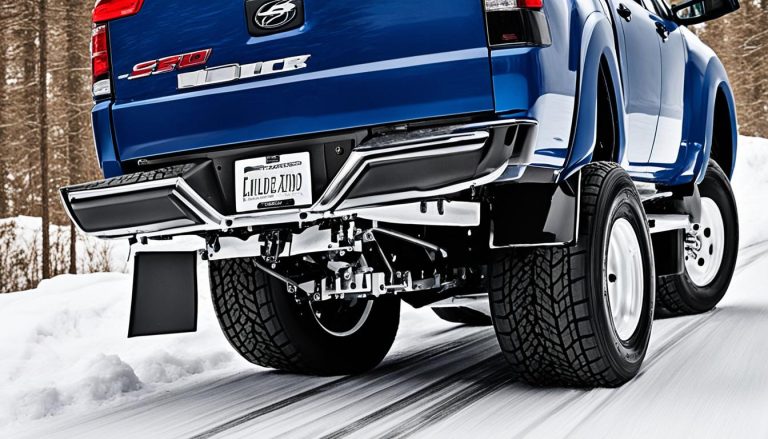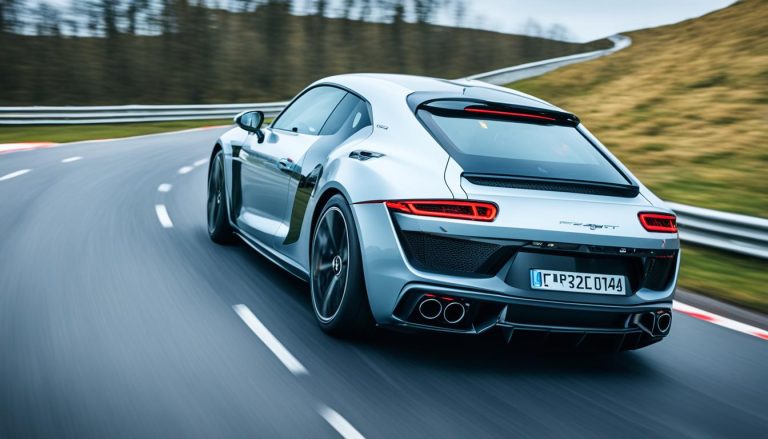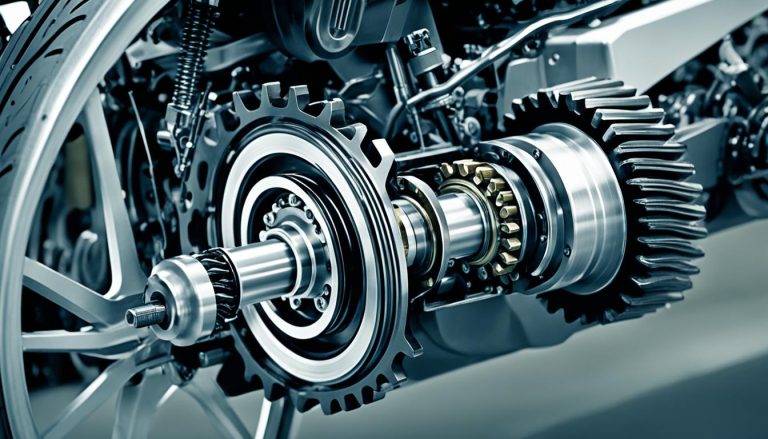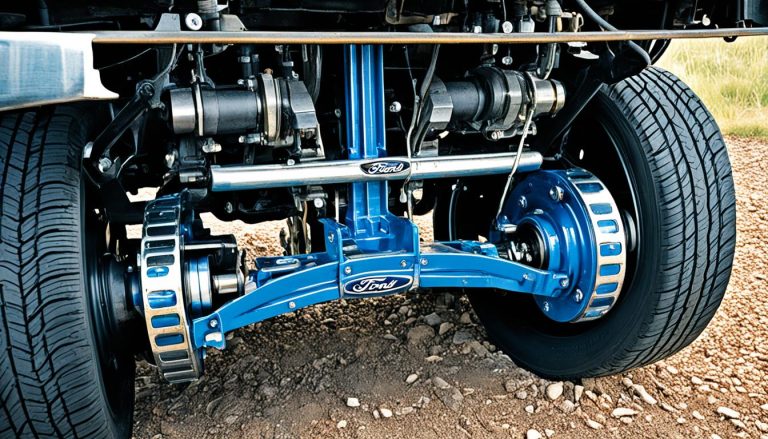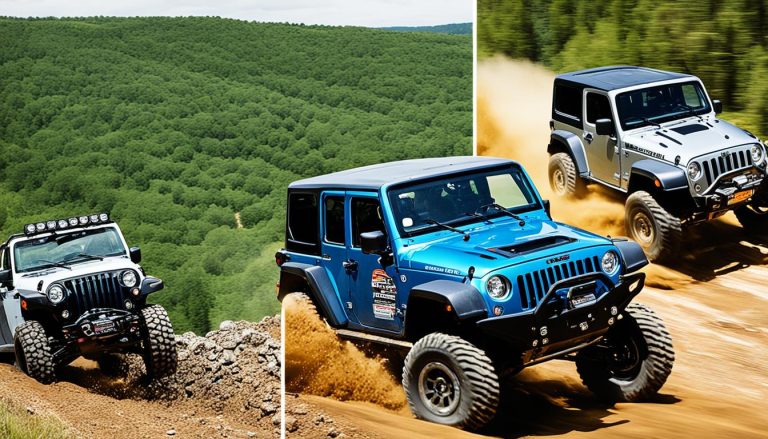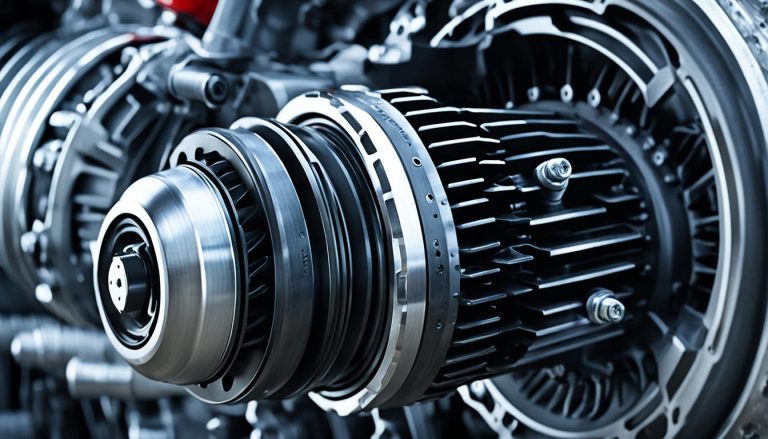Rear Rubicon Locker: Also a Limited Slip?
As you venture through gritty trails and tackle the unforgiving terrains with your Jeep Rubicon, you might wonder about the capabilities tucked beneath your vehicle’s rugged exterior. A hot topic among Jeep enthusiasts is the nature of the rear Rubicon locker. Specifically, you might be asking yourself, “is the rear Rubicon locker also a limited slip?” This question has sparked numerous discussions in the community, particularly among those who have experienced different generations of Jeep Rubicons.
The rear locker of a Jeep Rubicon is an impressive piece of mechanical craftsmanship designed to conquer the harshest of landscapes. It’s an undebatable point of pride for Rubicon owners that their vehicles come equipped with this robust feature. But as models and features evolve, it’s only natural to seek clarity on the specifics, such as whether the rear differential on your Rubicon serves a dual purpose as both a locker and a limited slip mechanism.
Given the deep-dive debates and the technical intricacies discussed in various forums, let’s dissect the facts about the rear Rubicon locker and its functionality. Knowledge of your Jeep’s mechanics is invaluable, especially when transitioning between models – like moving from an older ’03 Rubicon to a newer ’15 JKUR. Understanding the characteristics of your Rubicon’s rear locker helps ensure that your off-road experiences are both exhilarating and secure.
Key Takeaways:
- Examine whether your Jeep’s rear Rubicon locker doubles as a limited slip differential.
- Understand the role and mechanics behind the renowned Rubicon locker.
- Discover the evolutionary journey of your Jeep Rubicon’s rear differential system.
- Gain insights from real-world experiences and discussions about Jeep Rubicon lockers.
- Take advantage of this knowledge to enhance your Jeep’s off-road precision and safety.
Understanding the Jeep Rubicon’s Rear Differential Mechanics
For those who revel in the thrill of tackling challenging terrains, you may find yourself questioning the mechanics that grant the Jeep Rubicon its legendary off-road capabilities. The aspects of its rear differential play a critical role in the performance envelope, especially when encountering the unpredictable elements of unforgiving landscapes.
The Role of Lockers in Off-road Capabilities
When it comes to the Rubicon, a dialogue often emerges around the Rubicon locker system and how it influences performance. This feature serves as a transformative tool for off-road enthusiasts, as it provides the capability to lock the axles together. This distribution of equal power to both wheels is what enables a Rubicon to overcome obstacles that would leave less equipped vehicles stranded. With both wheels turning in unison, they grant your Jeep the traction needed to translate raw power into unstoppable force over rough terrain.
Lockers vs Limited Slip: An Overview
The locker vs limited slip debate is a pertinent discussion within off-roading communities. While lockers are hailed for their ability to conquer extreme terrain by maintaining constant torque on each wheel, limited slip differentials are appreciated for their more road-friendly application. They excel at providing power to the wheel with the most traction without completely locking, thereby handling everyday driving conditions with finesse. The intricacies of these systems dictate their best use-case scenarios, with each offering different advantages depending on the driving situation at hand.
Rubicon Rear Locker: Is it Mere Myth or Engineering Fact?
Sifting fact from fiction, it’s worth noting that while the Rubicon’s prowess is irrefutable, the myth surrounding its ability to house both a locker and a limited slip system in factory models from 2003 to 2006 remains unsubstantiated. Nonetheless, the persistent rumors reflect the enthusiast community’s desire for a feature-rich differential that caters to both off-road and on-road demands.
| Feature | Locker | Limited Slip |
|---|---|---|
| Primary Function | Locks axles together | Distributes power to wheel with most traction |
| Best Used For | Extreme off-road conditions | Everyday road driving and mild off-road |
| Effect on Wheels | Equal power to both | Variable power distribution |
| Typical Vehicle | Jeep Rubicon, specialized off-road | Road-focused vehicles with occasional off-road use |
Despite the allure of a dual-functioning differential, your Rubicon’s rear locker is an unmistakable statement of dedicated off-road engineering. While the idea of a combined system is a fascinating concept, it remains, at this moment, an engaging topic of conversation rather than a documented fact. When you engage the Rubicon’s locker, you command a vehicle engineered for embracing the untamed world beyond the asphalt.
Dissecting the Myth: Is the Rear Rubicon Locker Also a Limited Slip?
When you’re navigating rugged terrain in your Jeep Rubicon, understanding the capabilities of your vehicle’s rear locker is crucial for optimal performance. The common question arises – does the rear Rubicon locker function as a limited slip differential when not activated? Let’s explore the mechanics behind this and clarify the misconceptions.
The simple answer is that the rear Rubicon locker is engineered to offer either an open differential or a fully locked differential. It does not inherently serve as a limited slip, contrary to some beliefs circulating in the off-road community. However, Jeep’s innovative Traction Control System (TCS) steps in during wheel spin scenarios, functioning like a limited slip by applying brake pressure to the slipping wheel. This system offers a level of traction assistance reminiscent of what one might expect from a mechanical limited slip.
![]()
Below is a comparative breakdown of the features of the Rubicon’s rear locker system versus a traditional limited slip differential:
| Feature | Rear Rubicon Locker | Traditional Limited Slip |
|---|---|---|
| Mechanism | Locks both wheels together | Distributes power to wheel with traction |
| Mode of Operation | Open or locked state | Continuous variance based on traction |
| Best Used | Off-road conditions requiring maximum traction | On-road driving and moderate off-road conditions |
| Control System | Driver-activated switch | Automatic based on resistance and slip |
The inherent diversity in rear axle configurations across Jeep Rubicon models invites enthusiasts to analyze and compare, but the key takeaway is clear. While effective in many conditions, Rubicons’ rear lockers do not double as limited slip differentials. This understanding allows you to make informed decisions about your off-road journeys, ensuring that you can harness the full potential of your Jeep’s rear locker system.
Impact of Traction Control Systems on the Rear Rubicon Locker
As a Jeep Rubicon owner, you might be curious about the technology behind your 4×4 system and how it ensures unrivaled stability and traction in various driving conditions. The Traction Control System (TCS) plays a pivotal role in enhancing your Rubicon’s prowess by intuitively managing torque and brake force. Let’s delve into how these advanced systems work to keep you firmly anchored on the road or trail.
Exploring the Traction Control System (TCS)
The Jeep Rubicon is engineered to conquer tough terrain, and the TCS is central to this capability. Operating seamlessly with the 4×4 system, TCS applies brake pressure to wheels that lose grip, transferring torque to those with traction. This feature is particularly beneficial when the Rubicon locker is disengaged, as it helps maintain momentum by mimicking the actions of a limited-slip differential, without the mechanical complexity.
How BLD and TCS Work Together
Adventures often lead you through challenging landscapes where traction is key. Jeep’s Brake Lock Differential (BLD) complements the TCS by locking wheels that slip, redirecting drive to wheels with grip. This dynamic duo of TCS and BLD in your Jeep Rubicon provide a level of control and stability that allows for confident off-road navigation, whether you’re traversing rocky paths or scaling steep inclines.
Traction Assistance for Rubicon: Beyond the Locker
Even without engaging the renowned Rubicon locker, your Jeep is equipped to handle challenging terrains. The synergy of TCS and BLD ensures that each wheel receives adequate power for optimal traction. This type of assistance is indispensable, offering peace of mind when taking the road less traveled, perfectly complementing the mechanical prowess of your Rubicon’s 4×4 system.
| Traction System | Function | Operational Range |
|---|---|---|
| TCS | Prevents wheel spin via brake application and torque management | Full operating range |
| BLD | Locks spinning wheels to redirect torque to wheels with traction | Effective in 4 High and Low range |
| Rear Locker | Locks rear axle for maximum traction in extreme off-road scenarios | Engaged manually when needed |
![]()
Comparing Performance: Rubicon Locker Versus Ected E-lockers
![]()
When venturing off-road, the choice of differential can greatly affect your vehicle’s performance. The Rubicon locker, standard in the Jeep Rubicon, offers the robustness required for challenging terrains by locking the differential, providing equal power to both wheels for maximum traction. Conversely, ected e-lockers are designed to give you the best of both worlds – functioning as a limited slip when disengaged and as a full locker when activated.
Let’s delve into the specifics of how each system operates and influences your driving experience:
- The Rubicon locker is ideal for extreme off-road situations where consistent traction is key, such as rock climbing or traversing muddy trails.
- Ected e-lockers, while providing a similar locked differential capability, offer added versatility for daily driving with their limited slip feature.
This table compares their functionalities to help illustrate the differences:
| Feature | Rubicon Locker | Ected E-Locker |
|---|---|---|
| Operation Mode | Fully Locked / Open | Locked / Limited Slip |
| Engagement | Electronic switch | Electronic switch with automatic limited slip |
| Primary Use | Off-road application | Dual-purpose (off-road and on-road driving) |
| Traction Enhancement | Equal power to both wheels when locked | Variable power distribution based on traction |
Ultimately, your decision between a Rubicon locker and an ected e-locker may come down to your regular driving conditions and the degree of versatility you need. The Rubicon’s locker provides simplicity and durability for those who prioritize off-road performance, while the ected e-locker introduces a level of on-road refinement with its limited slip functionality.
Regardless of which you choose, understanding the mechanics behind these systems ensures that your vehicle is equipped to take on both the challenges of rugged trails and the demands of everyday commutes.
The Evolution of Jeep’s 4×4 System: From Basic to Rubicon Advanced
As a trailblazer in off-road technology, Jeep has continuously evolved its 4×4 systems to meet the growing demands of the adventure-seeking driver. From the inception of rudimentary four-wheel drive mechanics to the intricate systems of today, the journey of Jeep’s 4×4 system is a testament to the brand’s dedication to off-road excellence. You might be familiar with the standard 4×4 capabilities that come with most Jeeps, but the Rubicon variant is where truly advanced traction control becomes evident.
Historical Progression of Jeep’s 4×4 Capabilities
The historical progression of Jeep’s 4×4 system mirrors the development of off-road vehicles as a whole—balancing the raw power needed to tackle tough terrain with the finesse required for precision and control. JK models and their non-Rubicon counterparts have offered improved traction by incorporating features like limited slip differentials (LSDs), particularly in 2-wheel drive mode. However, these advancements are merely stepping stones leading to the state-of-the-art off-road capabilities of the Rubicon lineup.
How Rubicon’s Advanced Tech Redefines Off-road Traction
Embodying the pinnacle of Jeep’s innovative engineering, the Rubicon was designed with a particular kind of driver in mind—you, the off-road enthusiast who refuses to let any obstacle stand in the way. With the introduction of the specialized Rock-Trac 4WD system, Jeep has equipped the Rubicon to conquer treacherous landscapes with unrivaled confidence. The integrated Traction Control System (TCS) and the Brake Lock Differential (BLD) technology mean that your adventures are backed by advanced traction control systems that work tirelessly to maintain stability and grip. What sets certain Rubicon models, like those manufactured between 2003 and 2006, apart is the combined locker and limited slip in the rear differential—a hybrid design crafted to deliver extraordinary off-road and on-road performance. With these innovations, your Rubicon isn’t just any vehicle; it’s the epitome of Jeep’s commitment to off-road mastery.
FAQ
Is the rear Rubicon locker also a limited slip?
No, the rear Rubicon locker is not a limited slip differential. It functions as an open differential when unlocked and as a fully locked differential when engaged.
What off-road capabilities does the Rubicon locker provide?
The Rubicon locker improves off-road capabilities by locking the wheels on an axle together, which ensures they rotate at the same speed, providing maximum traction in rough terrains.
How does locker function compare to limited slip?
A locker ensures equal power distribution to both wheels on an axle regardless of traction. A limited slip differential distributes more power to the wheel with the most traction, allowing for better handling in varying conditions.
Are Rubicon rear lockers simply a myth, or are they backed by engineering?
Rubicon rear lockers are definitely backed by engineering and are an integral part of the vehicle’s design, specifically for enhancing its off-road performance.
How does the Traction Control System (TCS) enhance the Rubicon’s rear locker?
The Traction Control System (TCS) enhances the rear locker by applying brake pressure to the spinning wheel, which redirects torque to the wheel with traction, similar to the function of a limited slip differential.
How do BLD and TCS work together to improve traction?
The Brake Lock Differential (BLD) and TCS work together by applying brakes to spinning wheels, transferring torque to wheels with more grip, and adjusting engine power to maintain traction, enhancing the Rubicon’s off-road abilities.
Does the Rubicon’s traction assistance extend beyond the locker?
Yes, the Rubicon’s traction assistance includes not only the electronic locking differential but also the Traction Control System and Brake Lock Differential, which work collectively to improve off-road traction even when the locker is not engaged.
What are the main differences between a Rubicon locker and ected e-lockers?
A Rubicon locker is an electronic locking differential that is either fully locked or completely open. Ected e-lockers provide a limited slip function when not locked, offering some on-road traction benefits.
How has Jeep’s 4×4 system evolved to benefit the Rubicon?
Jeep’s 4×4 system has evolved from basic systems to the advanced Rubicon-centric technology known as the Rock-Trac, which offers superior off-road prowess and takes advantage of advanced features like the electronic locking differentials and traction control software.
How does the advanced technology in the Rubicon redefine off-road traction?
The advanced technology in the Rubicon redefines off-road traction by integrating robust electronic locking differentials with intelligent traction control systems such as TCS and BLD, thereby providing an unmatched level of traction management in challenging conditions.

